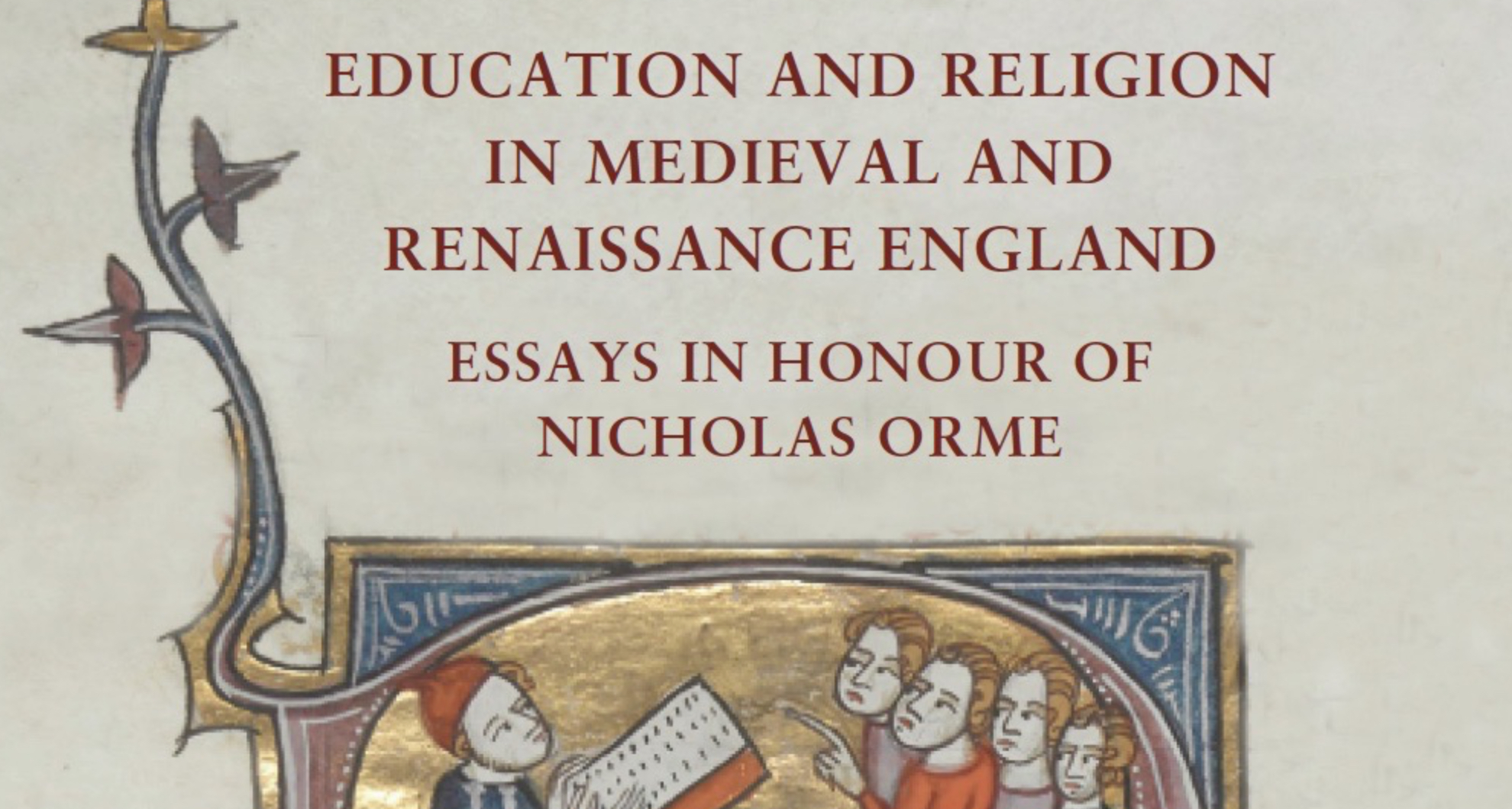
Posted by James Gordon Clark
27 August 2023A new book, Education and Religion in Medieval & Renaissance England, honours our colleague, Emeritus Professor Nicholas Orme, for his outstanding contribution to the study of cultural and religious life in medieval England which has spanned the six decades since he first arrived at Exeter as a lecturer.
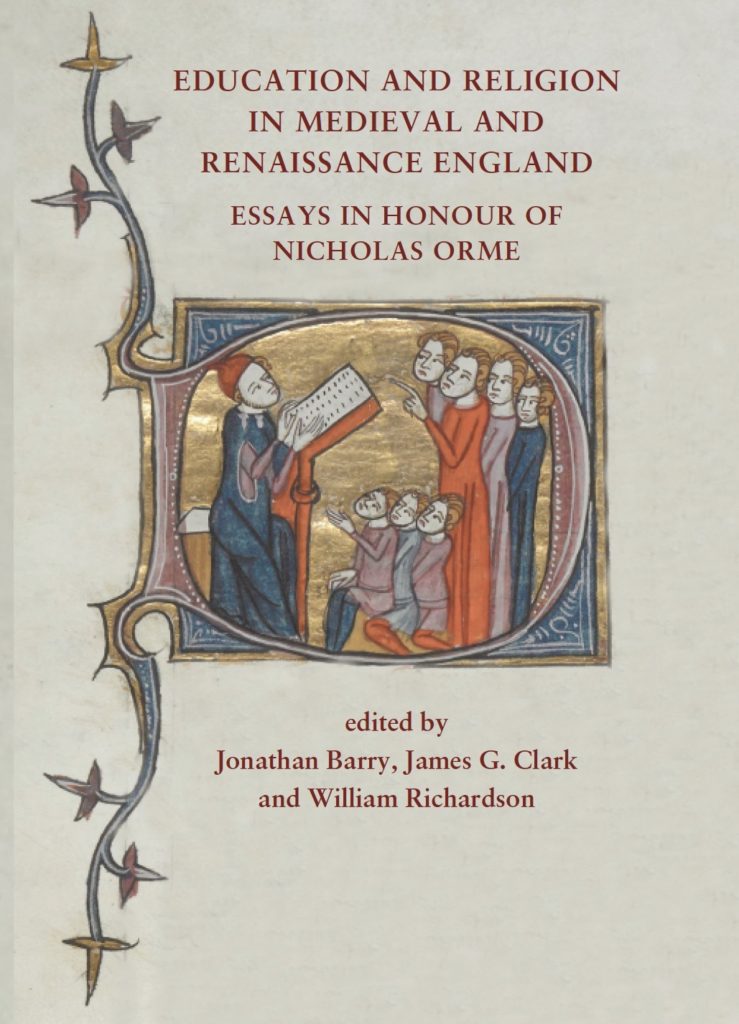
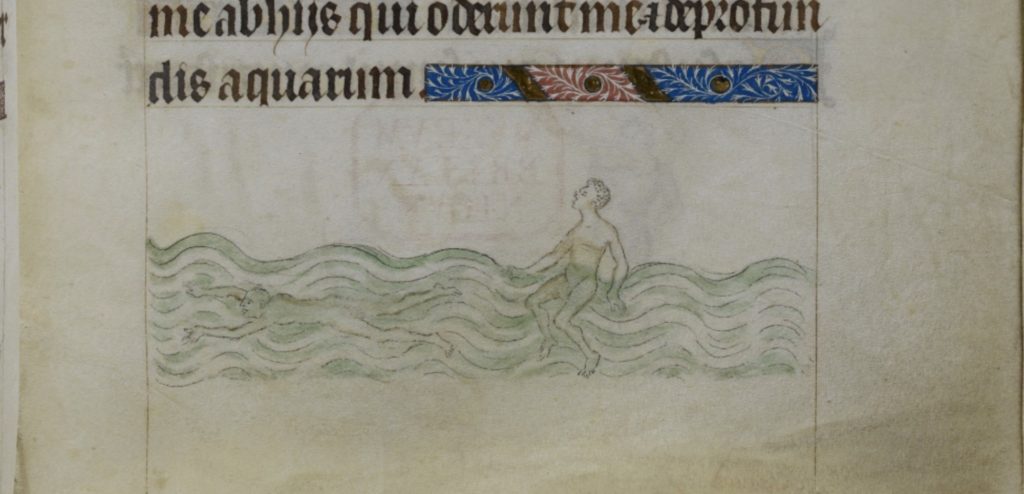
Nicholas’ research interests have ranged wide, from the experience of childhood and elementary schooling to the practice of religion and the cult of saints. Long resident in Devon, he has also traced the history of churches, chapels, colleges and schools in the south west peninsula. He was the lead contributor to the second volume in the Victoria County of History of Cornwall, the first to be published for more than a century. He has even uncovered the early history of swimming – as a recreation and a sporting pursuit – in medieval and early modern Britain.
Now, some sixteen friends, former colleagues and students – among them John Allan, Caroline Barron, Jonathan Barry, Bill Courtenay, Joanna Mattingly, Oliver Padel and Alex Walsham – have collaborated in a festschrift, a collection of essays which explore the subjects which Nicholas has done so much to open up. Several investigate aspects of education and the making of medieval careers: the teaching of numeracy; the progression of masters at late medieval Oxford and gate-keeping of the papal Curia; the many different ways in which children and adolescents might find a living in monasteries and friaries even up to the Reformation; and patterns of upbringing in post-Reformation Bristol.
Another clutch of contributions consider the cult life of the medieval and early modern church: the heads of religious houses who made self-consciously elaborate arrangements for their own tombs, memorials and posthumous liturgical commemoration; the saints whose images became the visual identity of institutions and individuals when impressed in their seals; the fervour, or otherwise, of late medieval lay devotion; and the appeal of the New Testament figures of Lois, Eunice and Timothy as a model for education and spiritual formation across the generations which, with its focus on home and family, may have eased the sudden sixteenth-century shift from public worship to private devotion. A further essay draws attention to the unmistakably medieval devotional motifs adopted for commemorative stained-glass windows designed after the First World War by the artist Joan Fulleylove.
A final group follows Nicholas in exploring the medieval culture and religion of Devon and Cornwall: the location of the holy wells which were a feature of early cult life in Cornwall; the rood decorations which are well-documented for both counties and unusually well-preserved; the Exeter Cathedral canons, their professional and personal networks; and the archive and manuscript book collections they accrued. The centrepiece of this sequence is a revealing survey of the early development of the cathedral close at Exeter which traces the buildings and inhabitants that were the immediate neighbours of the church and its clergy.
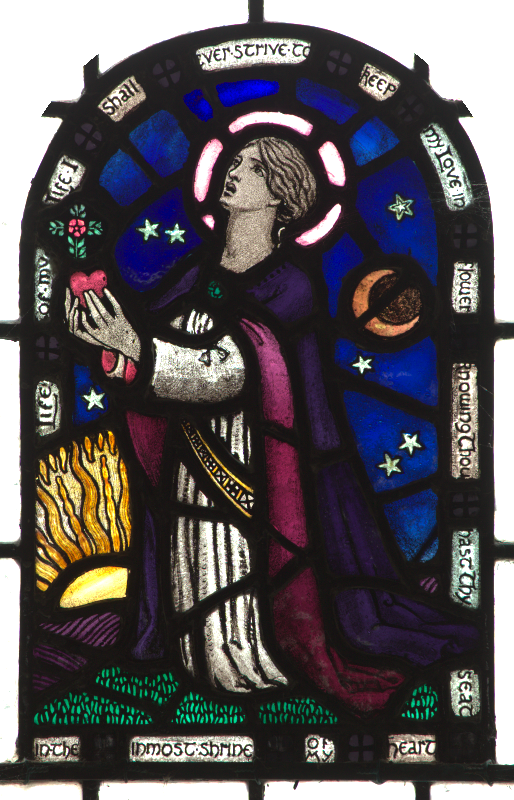
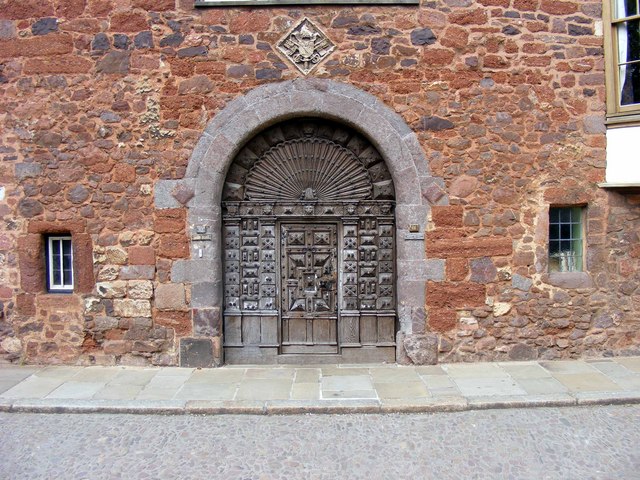
Sixty years ago, church, religion and cultural life in England between the Black Death and the Break with Rome seemed to be fading from the historical agenda, eclipsed at either end of the timeline by renewed interest in such topics as the Twelfth Century Renaissance and the Reformation. It is a testament to Nicholas’ years of research and teaching that now there is a wealth of new enquiries in this field which are drawing as he has done on the evidence of neglected documents, manuscript books, landscapes and material remains.
The book is published by Shaun Tyas, publisher of the Harlaxton Medieval Series.